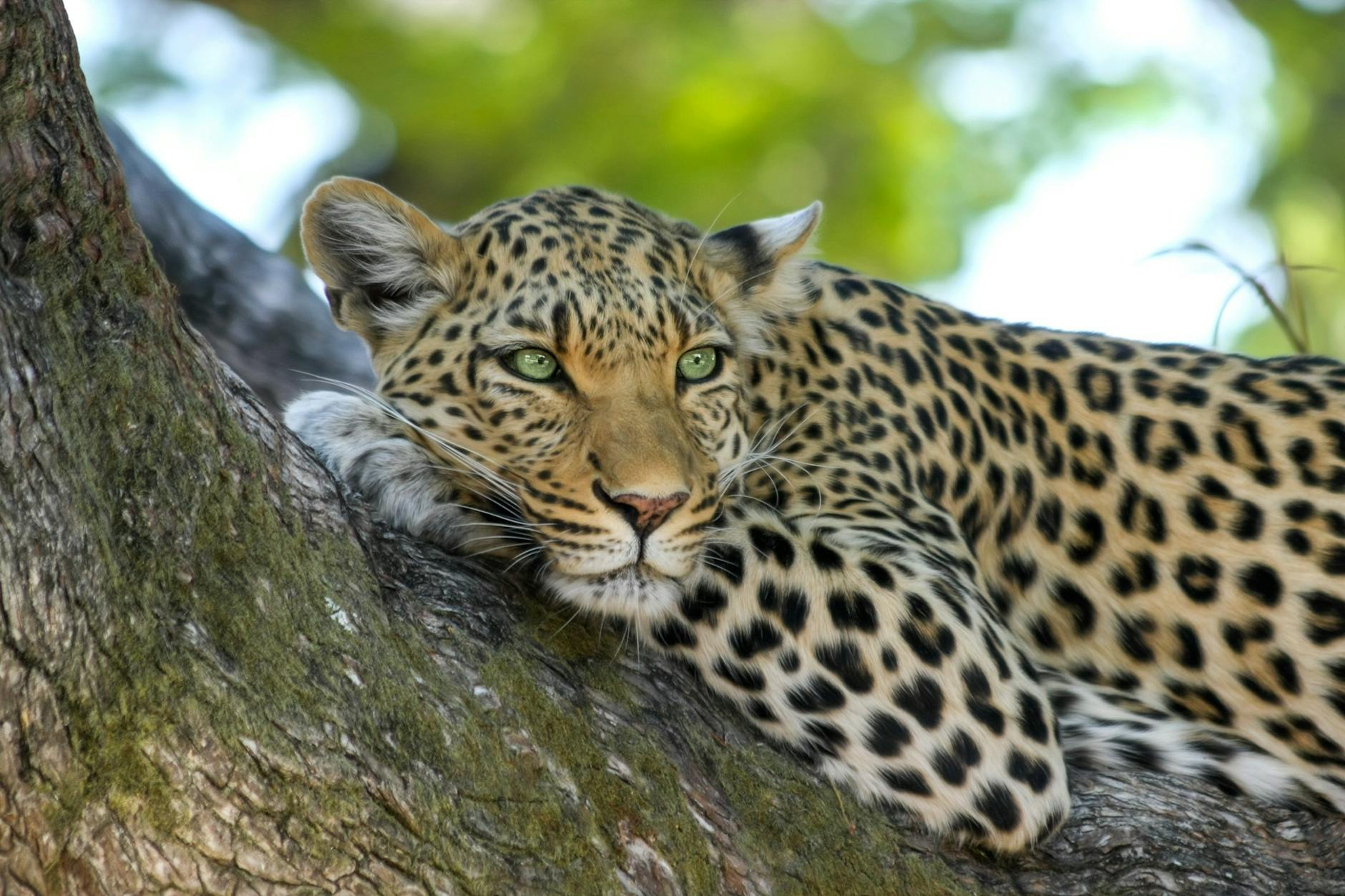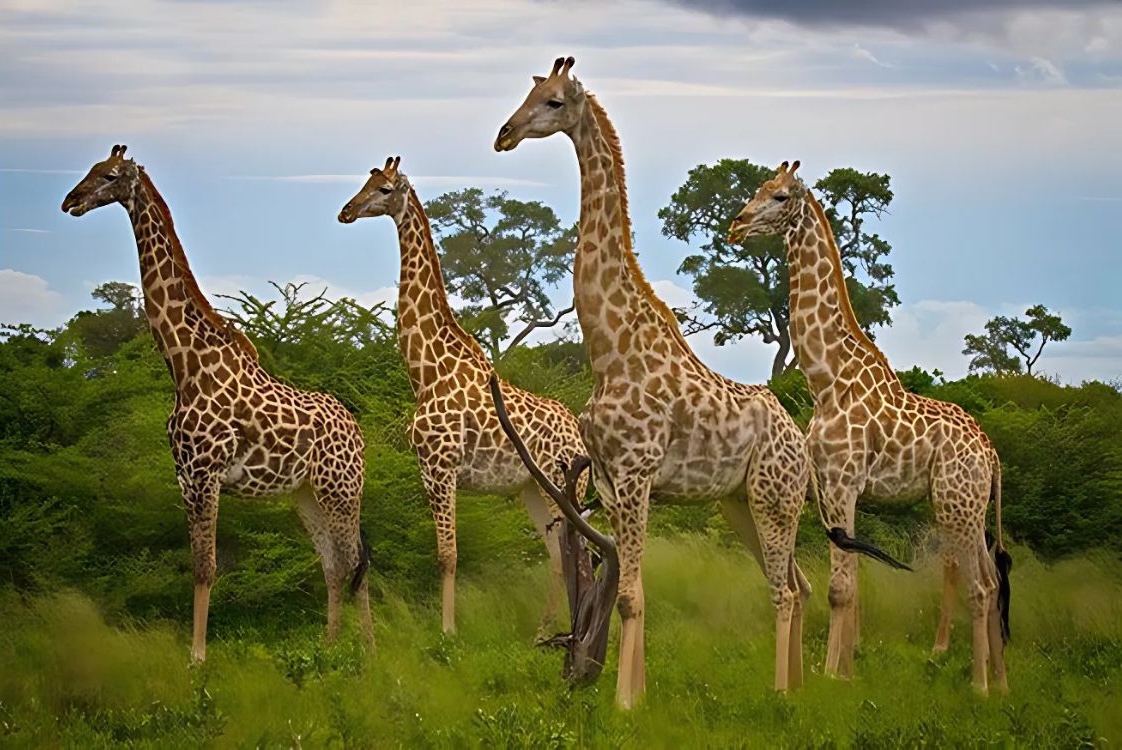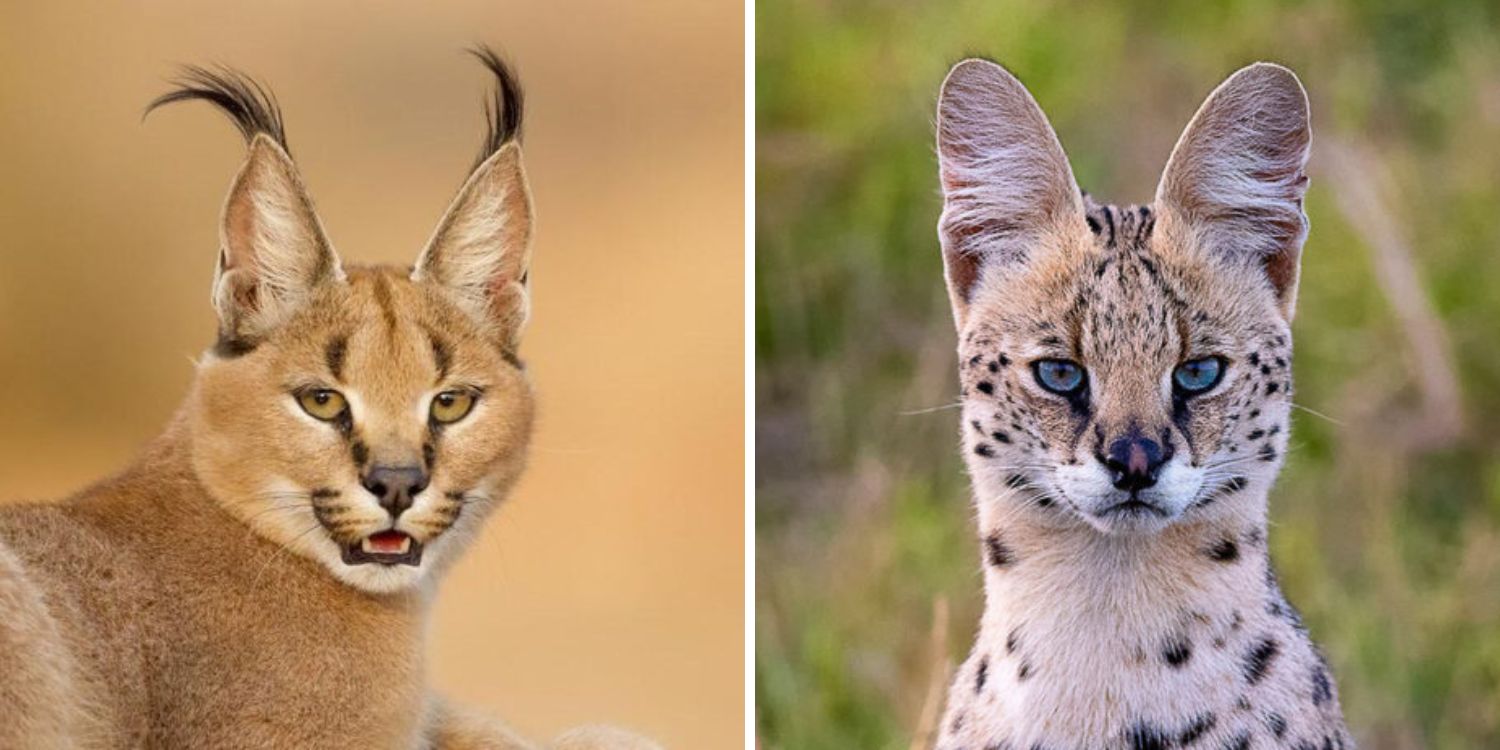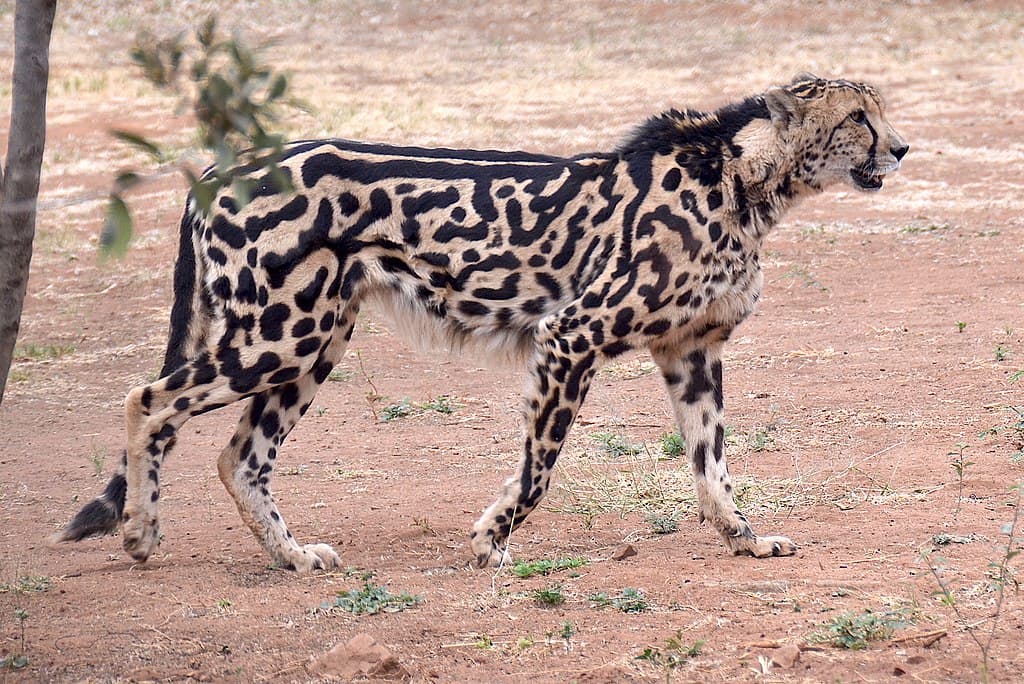
The Elusive Leopard: A Master of Many Landscapes
From the sun-drenched savannas of Africa to the verdant rainforests of Asia, a solitary predator stalks unseen – the leopard (Panthera pardus). This magnificent big cat, instantly recognizable by its spotted coat, embodies a captivating blend of power, grace, and remarkable adaptability.
A Master of Many Habitats:
Unlike most other big cats, leopards are incredibly versatile. They thrive in a diverse range of habitats, showcasing their remarkable ability to adapt to their surroundings:
- Savannas: Across sub-Saharan Africa, leopards utilize trees and rocky outcrops for hunting and observing their vast territories.
- Forests: From the dense rainforests of Southeast Asia to the temperate forests of Russia, leopards navigate these complex ecosystems with impressive agility.
- Mountains: These skilled climbers can be found in the rugged mountainous regions of Asia and Africa, further highlighting their adaptability.
A Coat of Distinction:
While the iconic rosette pattern is a signature feature of all leopards, each individual boasts a unique arrangement, similar to human fingerprints. This variation allows for individual identification and adds another layer of intrigue to these elusive creatures. The color of their coat also varies across their range, with African leopards typically sporting a golden tan coat, while their Amur counterparts boast a pale cream.
A black form, in which the ground color as well as the spots is black, is widely known as the black panther; it is more common in Asia than in other parts of the range of the leopard.
Beyond the Spots:
- Silent Hunters: Leopards are renowned for their exceptional stealth and hunting prowess. Their powerful muscles and flexible bodies allow them to stalk prey silently and pounce with lightning speed.
- Solitary by Nature: These big cats primarily lead solitary lives, except during the breeding season. They are territorial and fiercely protective of their established ranges.
- Masters of Agility: Leopards possess exceptional climbing skills, utilizing their sharp claws and powerful legs to navigate trees and rocky terrain with remarkable ease. This ability not only aids them in hunting prey but also provides safe havens from potential threats.
Ecological Significance:
Leopards play a crucial role in maintaining the ecological balance within their diverse habitats. As apex predators, they help regulate prey populations, ensuring the health and diversity of the animal life around them. Additionally, seed dispersal through their feces contributes to forest regeneration, promoting a healthy and interconnected ecosystem.
Facing Challenges:
Despite their remarkable adaptability, leopards face a multitude of threats in the wild:
- Habitat Loss: Deforestation and human encroachment significantly reduce their available habitat, impacting their survival and ability to reproduce.
- Poaching: Their fur and body parts are unfortunately valued in the illegal wildlife trade, making them vulnerable to poaching.
- Human-Wildlife Conflict: As human populations expand and encroach on leopard territories, conflicts can arise, posing threats to both humans and leopards.
- Status: The African leopard is listed as Vulnerable on the IUCN Red List because leopard populations are threatened and are declining in large parts of the global range. The subspecies known as the Barbary, South Arabian, Anatolian, Amur, and Sinai leopards are listed as endangered.
What We Can Do:
By supporting conservation efforts, raising awareness, and making sustainable choices, we can contribute to a brighter future for these magnificent creatures. Here are some ways you can get involved:
- Support organizations working to protect leopards and their habitat.
- Spread the word about the threats they face and the importance of conservation.
- Choose products that support sustainable forestry and minimize your environmental impact.
Every action, no matter how small, can collectively make a significant difference in preserving these enigmatic and vital members of our global ecosystem. Let’s work together to ensure the elusive leopard continues to reign supreme in the shadows for generations to come.
A black form, in which the ground color as well as the spots is black, is widely known as the black panther; it is more common in Asia than in other parts of the range of the leopard.
See Also:
- Jaguar vs. Leopard: Spotting the Differences Between These Powerful Cats
- Cheetah vs. Leopard: Can You Spot the Difference?
- FAQ: Black Panthers
- Meet the African Leopard
- Meet the Amur Leopard
- Meet the Arabian Leopard
- Meet the Snow Leopard
- Meet the Asian Leopard Cat
- Roaring vs Purring… Or, What Is a Big Cat?
More photos below ↓














